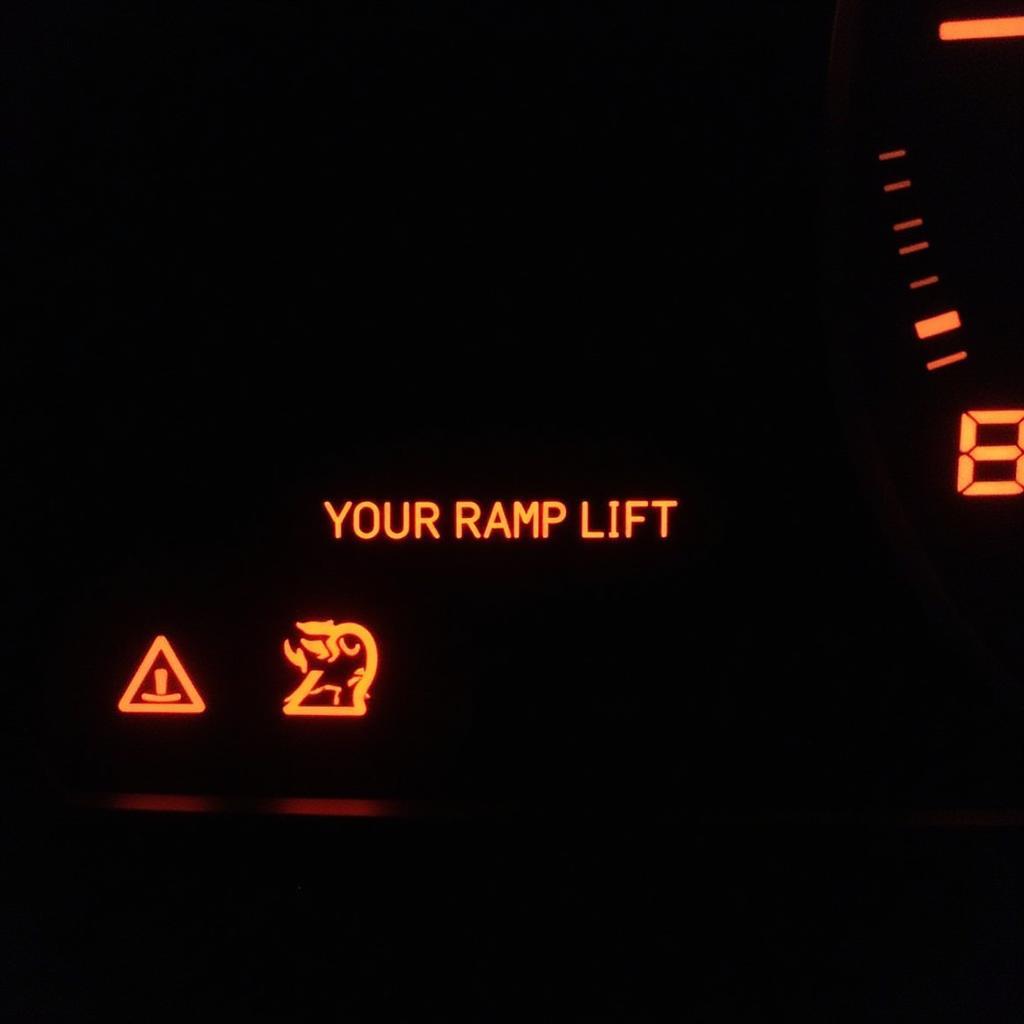A dead car battery can sometimes trigger the check engine light, causing concern. This article will explore why this happens, what it means, and how to diagnose and fix the problem. check engine light after dead battery We’ll cover common causes, diagnostic procedures, and even remote programming and software installation solutions.
Why Does a Dead Battery Cause the Check Engine Light to Come On?
When a car battery dies, the car’s electrical system loses its primary power source. This power loss can disrupt the stored data in various electronic control units (ECUs), including the engine control module (ECM). These disruptions can trigger error codes and illuminate the check engine light. The light might indicate anything from minor glitches to more serious issues. How can you tell the difference?
Diagnosing the Check Engine Light After a Dead Battery
The first step is to confirm the battery is indeed the culprit. Ensure the battery is properly charged or replaced. Sometimes, a simple jump start can be enough. If the light persists after a successful jump start and maintaining a proper charge, it’s time for further diagnosis. car battery dead after not driving for a week This is where remote diagnostics and programming can be incredibly helpful.
Using Remote Diagnostics and Programming
Modern vehicles are equipped with sophisticated onboard diagnostic systems. Remote diagnostic tools allow technicians to access these systems wirelessly, read error codes, and pinpoint the root cause of the problem. This can often save you a trip to the mechanic. Remote programming goes a step further, enabling technicians to install software updates and recalibrate systems remotely.
Common Issues Triggered by a Dead Battery
Several specific problems can arise from a dead battery and trigger the check engine light. These include:
- Lost Sensor Data: A dead battery can cause sensors to lose their calibration, leading to inaccurate readings and triggering error codes.
- Low Voltage Errors: The sudden drop in voltage when a battery dies can create temporary low voltage errors in the ECM’s memory.
- Emission System Issues: The battery plays a critical role in the operation of the emissions system. A dead battery can disrupt this system, triggering related error codes.
What if the Light Stays On?
If the check engine light persists even after addressing the battery issue, there might be underlying problems that the dead battery exacerbated. This is where a professional diagnosis becomes crucial.
“A dead battery can sometimes act as a catalyst, revealing existing weaknesses in the electrical system,” explains John Miller, Automotive Electrical Engineer at Miller Automotive Solutions. “Don’t ignore a persistent check engine light. It’s always best to get it checked out.”
Preventing Future Issues
Regular battery maintenance is key to preventing check engine light issues related to a dead battery. This includes checking the battery’s health, cleaning terminals, and ensuring proper charging. 4 amp draw on car battery Also, be mindful of parasitic draws that can drain your battery even when the car is off.
 Car Battery Maintenance
Car Battery Maintenance
Conclusion
A check engine light after a dead battery can be alarming, but it’s often a manageable issue. By understanding the underlying causes, utilizing diagnostic tools, and performing proper maintenance, you can keep your car running smoothly. car battery weak start Don’t ignore a check engine light that appears after a dead battery; addressing it promptly can save you time, money, and potential headaches down the road. alternator vs battery issue
“Think of your car’s electrical system like the human nervous system. A dead battery is like a power outage; it can cause temporary glitches that need to be reset,” adds Maria Sanchez, Senior Automotive Technician at Sanchez Auto Repair.


